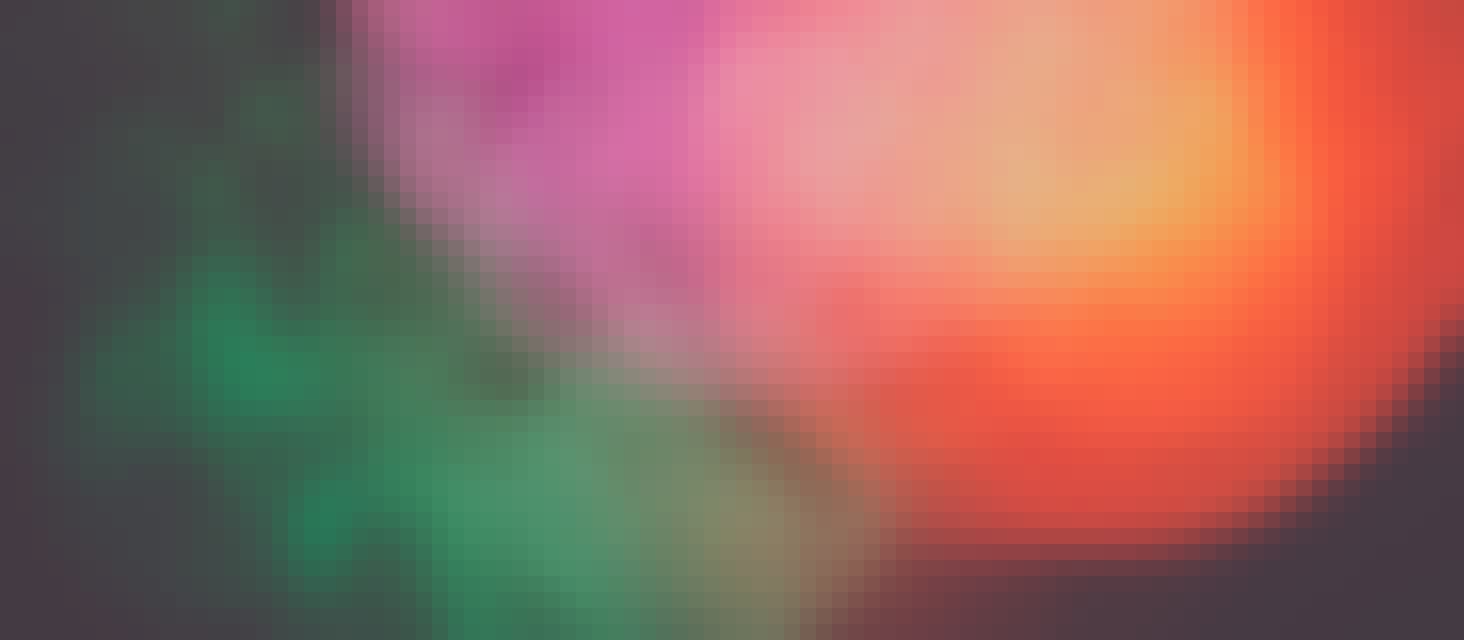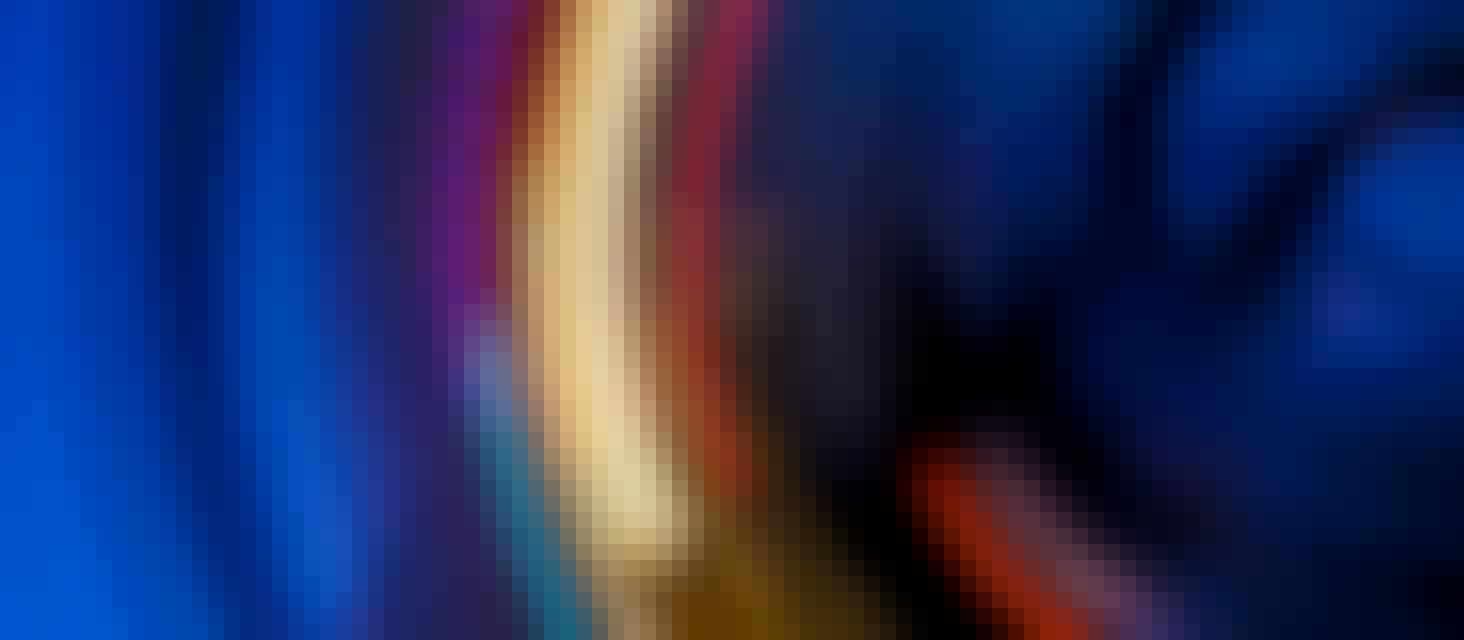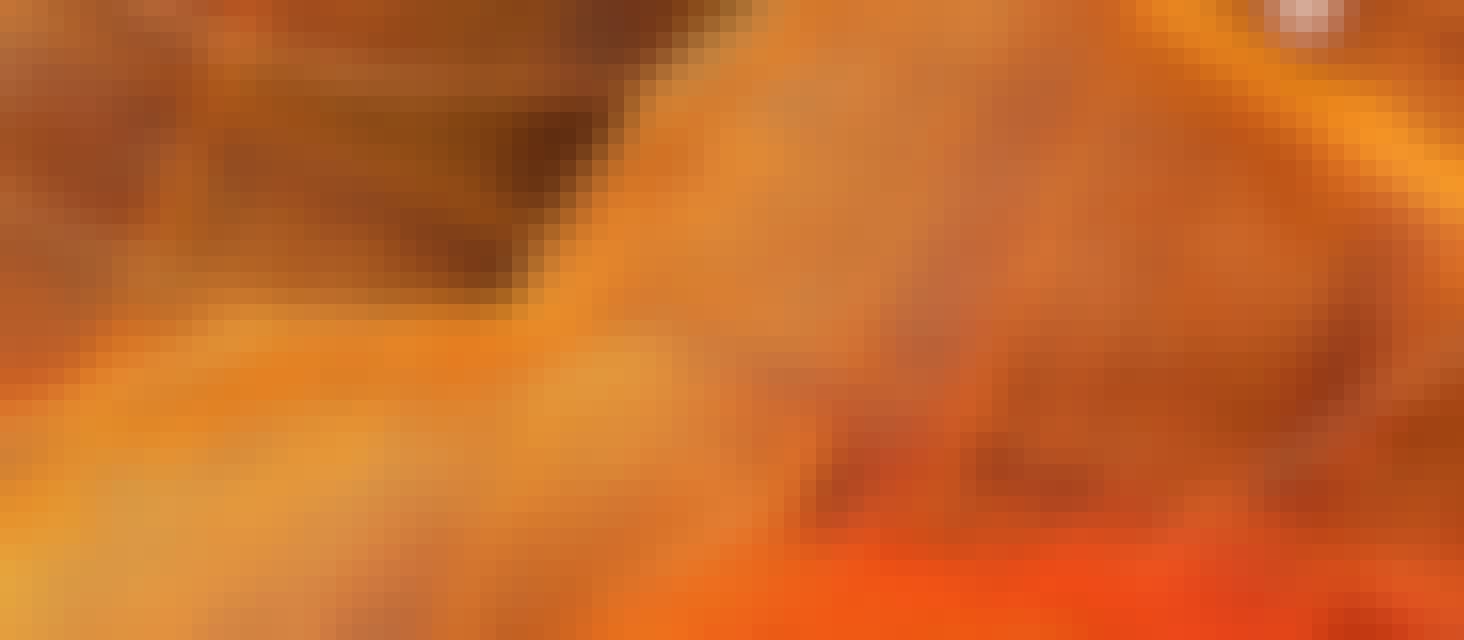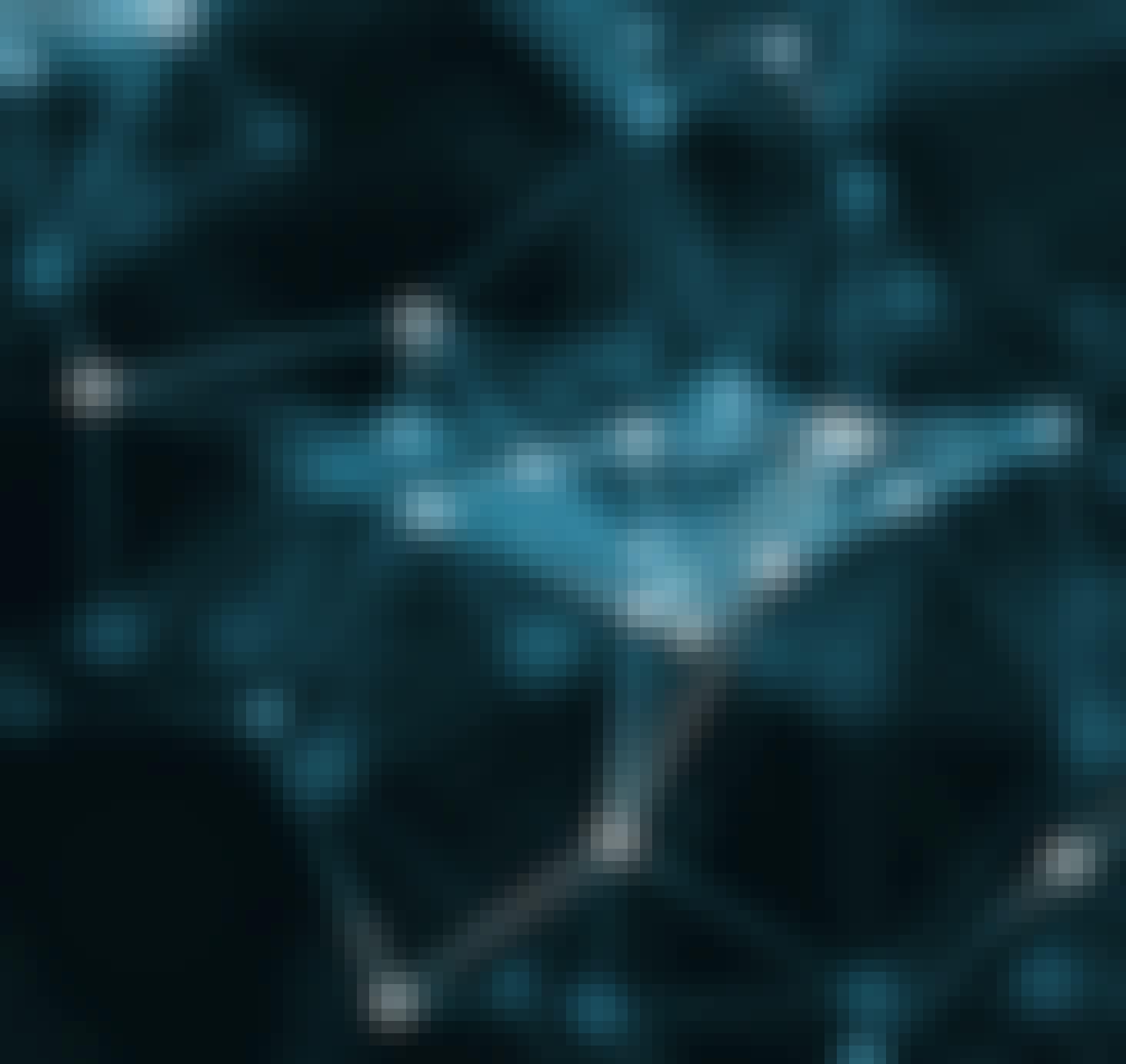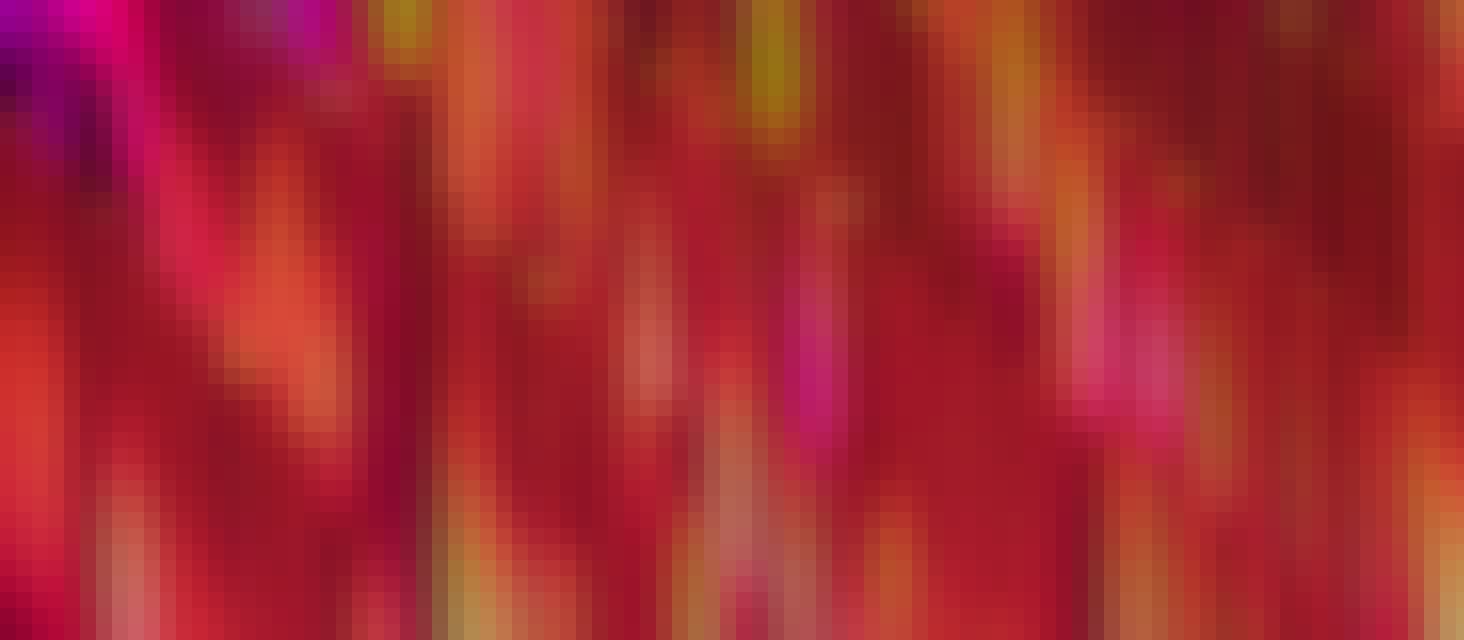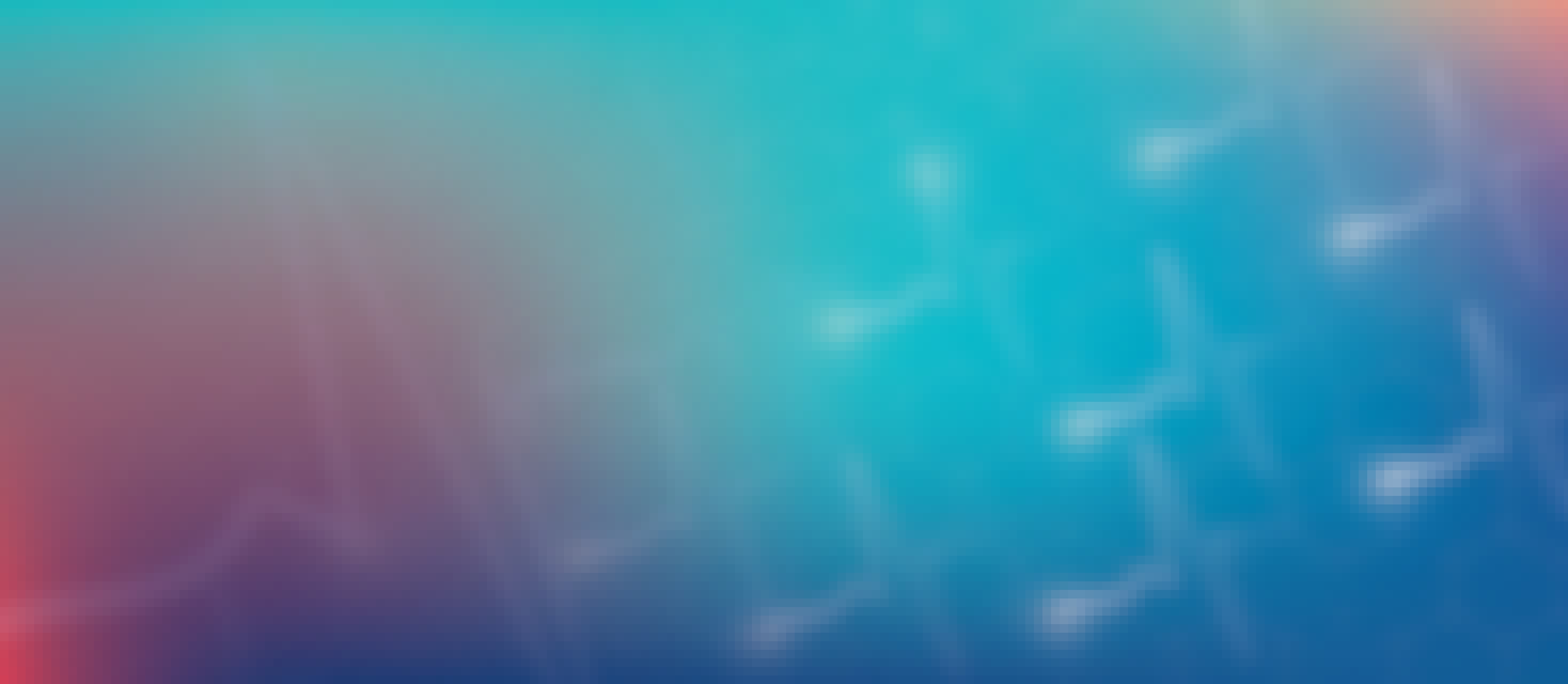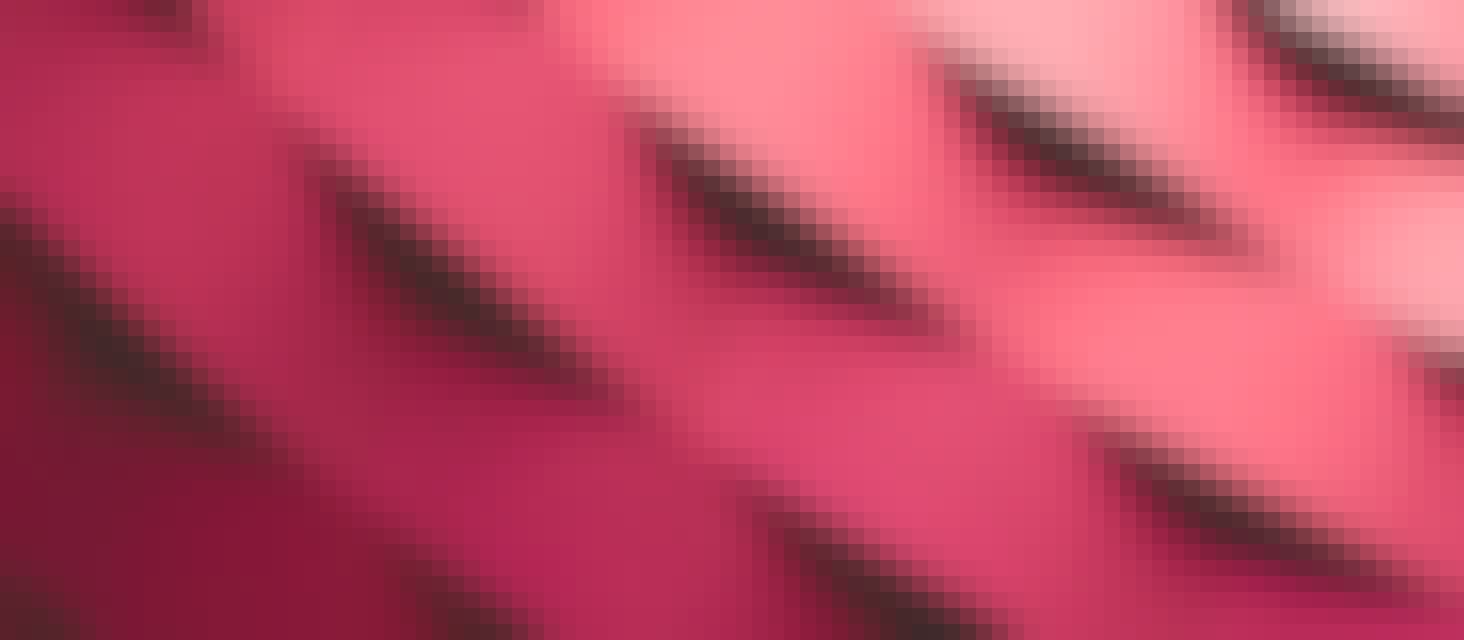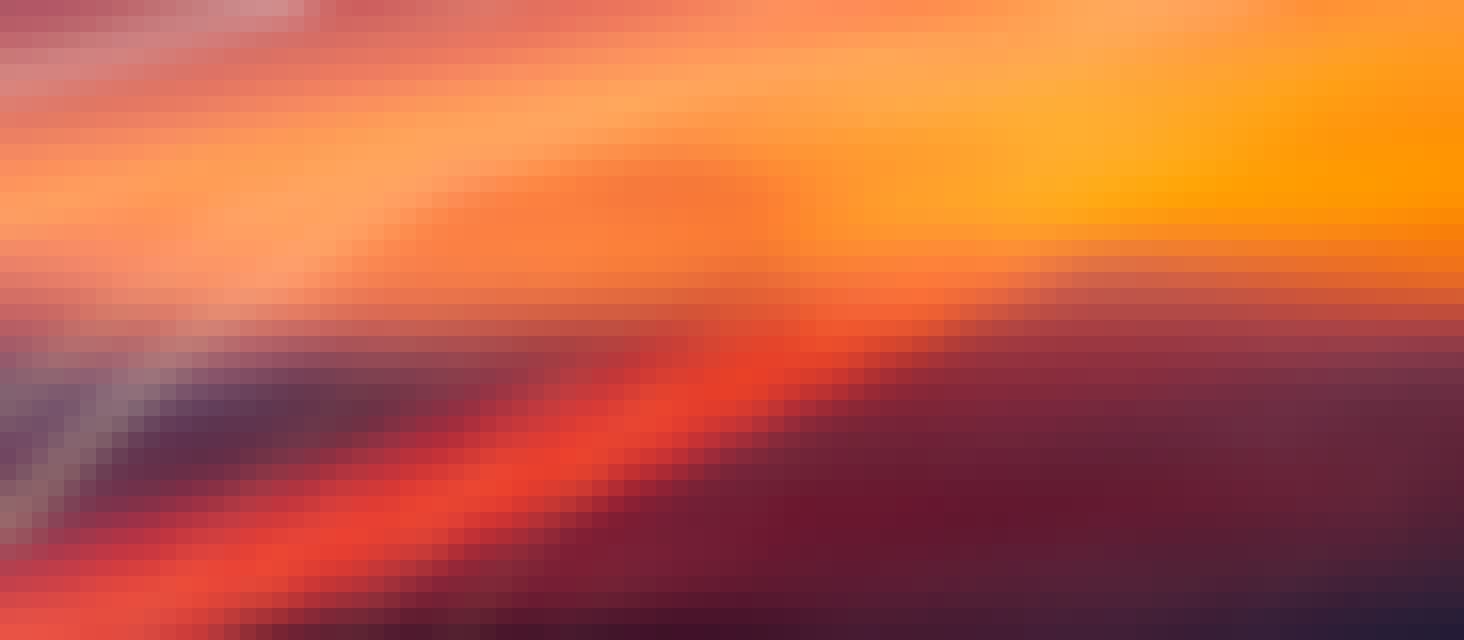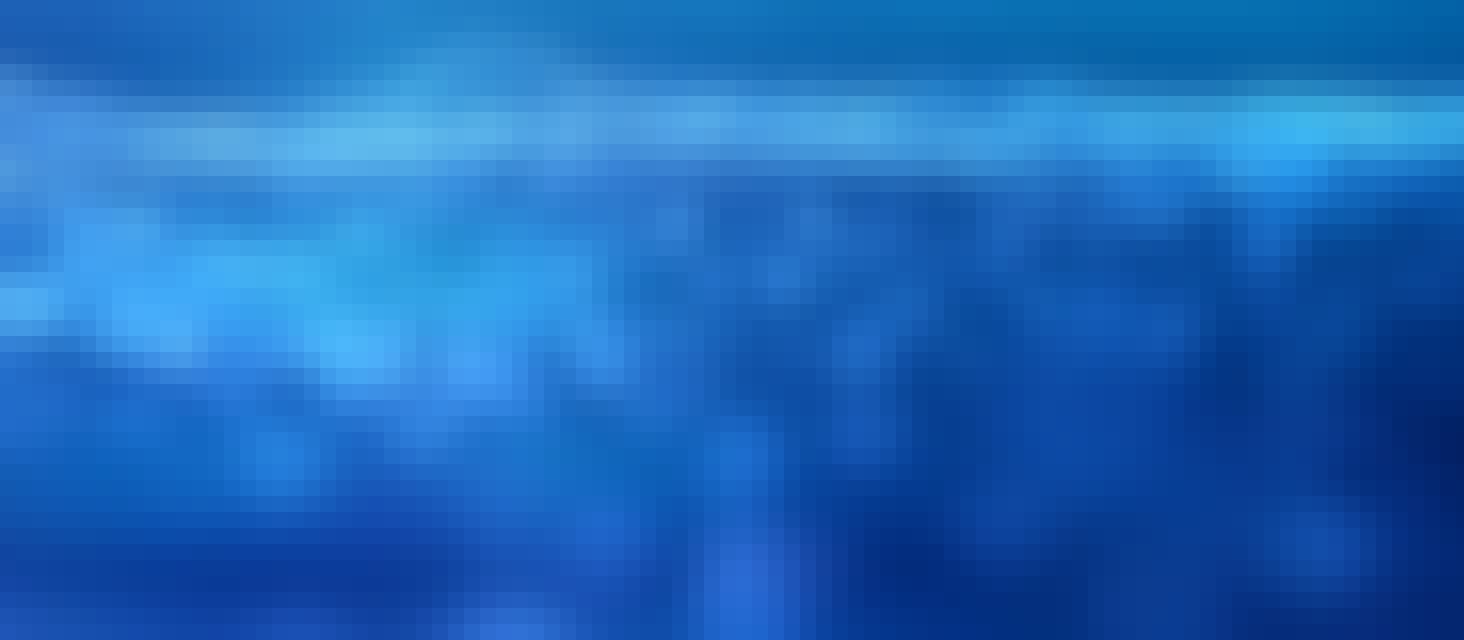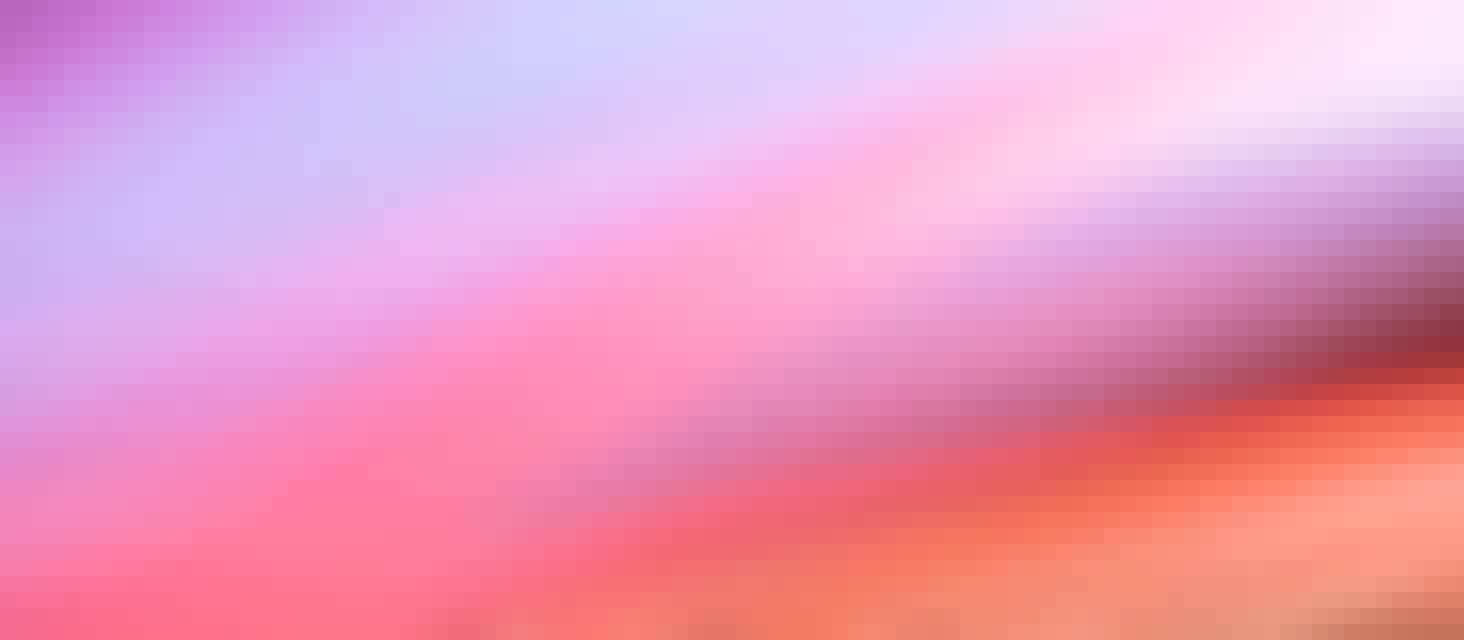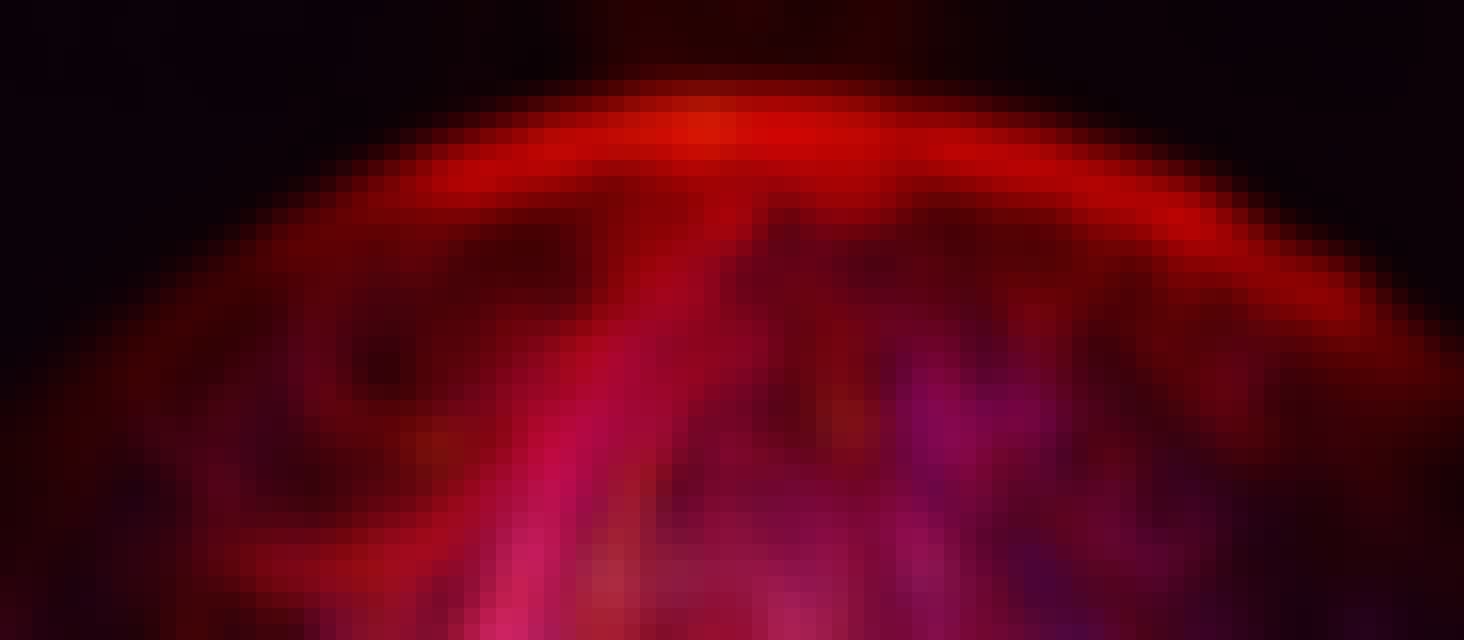- Browse
- Remote Sensing
Results for "remote sensing"
 Status: Free TrialFree Trial
Status: Free TrialFree TrialSkills you'll gain: Flutter (Software), Mobile Development, iOS Development, Apple iOS, User Interface (UI), Android Development, User Interface and User Experience (UI/UX) Design, Application Development, Cross Platform Development, Application Programming Interface (API), Software Development Tools, Development Environment, Debugging, Software Development, JSON
4.5·Rating, 4.5 out of 5 stars124 reviewsBeginner · Course · 1 - 3 Months
 Status: Free TrialFree TrialJ
Status: Free TrialFree TrialJJohns Hopkins University
Skills you'll gain: Object Oriented Programming (OOP), R Programming, Debugging, Functional Design, Integrated Development Environments, Programming Principles, Data Manipulation, Data Structures, Software Documentation, Software Design Patterns, Performance Tuning
4.2·Rating, 4.2 out of 5 stars574 reviewsIntermediate · Course · 1 - 3 Months
 Status: Free TrialFree Trial
Status: Free TrialFree TrialSkills you'll gain: Data Manipulation, Data Access, Data Import/Export, SAS (Software), Microsoft Excel, Data Analysis, Statistical Programming, Exploratory Data Analysis, Descriptive Statistics, Data Validation, Debugging
4.8·Rating, 4.8 out of 5 stars140 reviewsIntermediate · Course · 1 - 3 Months
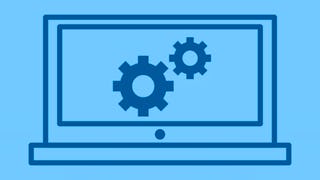 Status: Free TrialFree Trial
Status: Free TrialFree TrialSkills you'll gain: File Systems, Operating Systems, OS Process Management, C (Programming Language), System Programming, Virtualization, Data Integrity, Debugging, Systems Design, Performance Tuning, Distributed Computing, Data Storage, Computer Systems, Command-Line Interface, Virtual Machines, Data Security, Computer Hardware, Scalability, Data Structures, Linux
4.6·Rating, 4.6 out of 5 stars301 reviewsBeginner · Specialization · 3 - 6 Months
 Status: Free TrialFree TrialU
Status: Free TrialFree TrialUUniversity of Colorado Boulder
Skills you'll gain: Agile Methodology, Scrum (Software Development), System Programming, Embedded Software, Embedded Systems, Software Testing, Agile Software Development, Linux, Linux Administration, Shell Script, Docker (Software), Git (Version Control System), Linux Commands, Bash (Scripting Language), Operating Systems, C++ (Programming Language), File Systems, OS Process Management, Debugging, Internet Of Things
4.3·Rating, 4.3 out of 5 stars151 reviewsIntermediate · Specialization · 1 - 3 Months
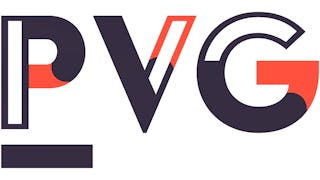 Status: FreeFreeU
Status: FreeFreeUUniversity of Alberta
Skills you'll gain: Computational Thinking, Video Game Development, Game Design, Programming Principles, Animation and Game Design, Software Quality (SQA/SQC), Problem Solving, Computer Programming, Program Development, Software Engineering, Python Programming, Algorithms, Object Oriented Programming (OOP), Pseudocode, Data Structures, Application Design, Debugging, Computer Science, Test Planning
4.3·Rating, 4.3 out of 5 stars233 reviewsBeginner · Course · 1 - 3 Months
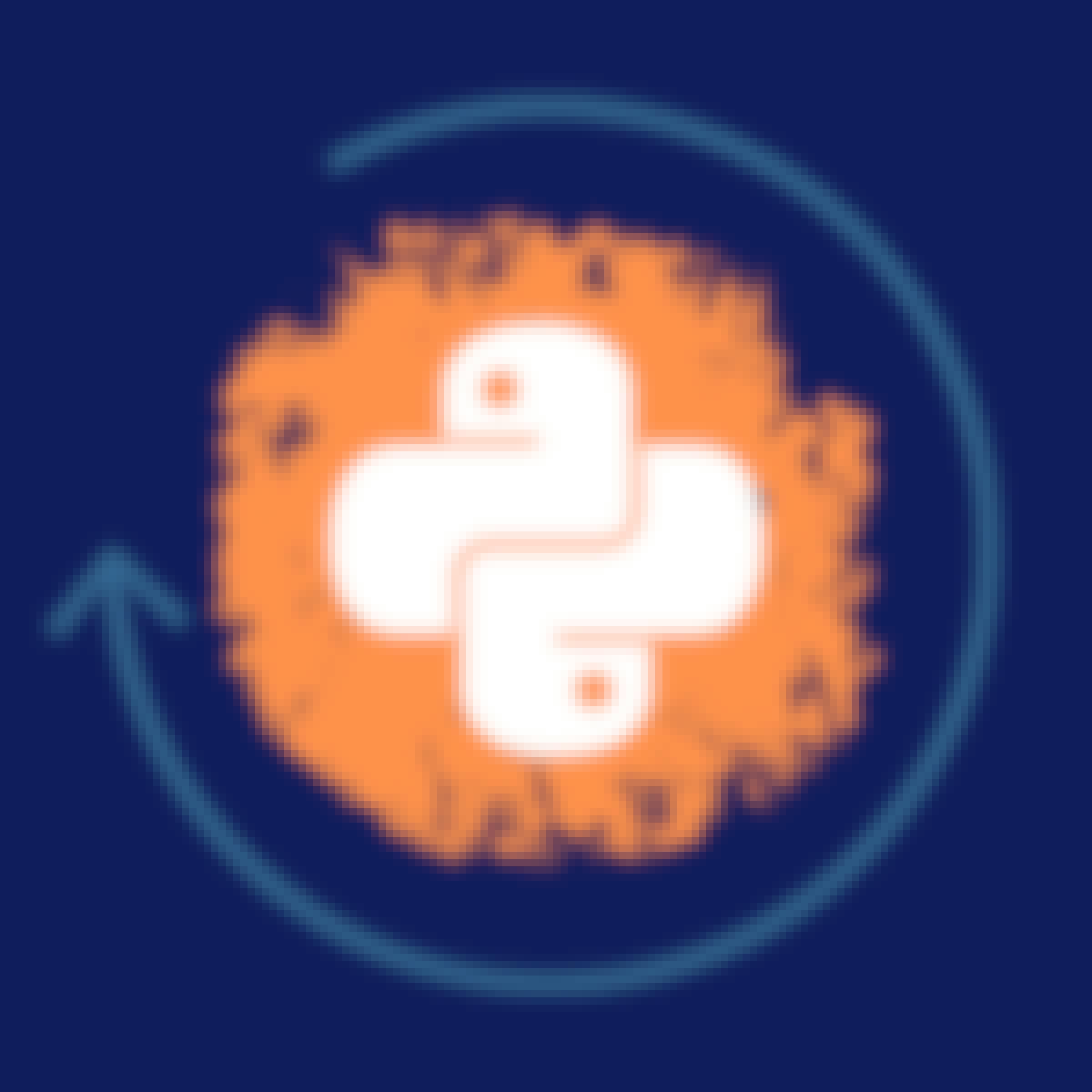 Status: Free TrialFree TrialD
Status: Free TrialFree TrialDDuke University
Skills you'll gain: Pandas (Python Package), MLOps (Machine Learning Operations), NumPy, Data Manipulation, Software Testing, Data Import/Export, Test Automation, Python Programming, Debugging, Data Structures, Machine Learning, Object Oriented Programming (OOP), Scripting, Program Development, Numerical Analysis, Application Programming Interface (API), Command-Line Interface
4.3·Rating, 4.3 out of 5 stars322 reviewsIntermediate · Course · 1 - 3 Months
 Status: Free TrialFree TrialD
Status: Free TrialFree TrialDDartmouth College
Skills you'll gain: C (Programming Language), Software Documentation, Programming Principles, Computer Programming, Embedded Software, Human Computer Interaction, Debugging, Development Environment, Engineering Calculations
4.6·Rating, 4.6 out of 5 stars262 reviewsBeginner · Course · 1 - 3 Months
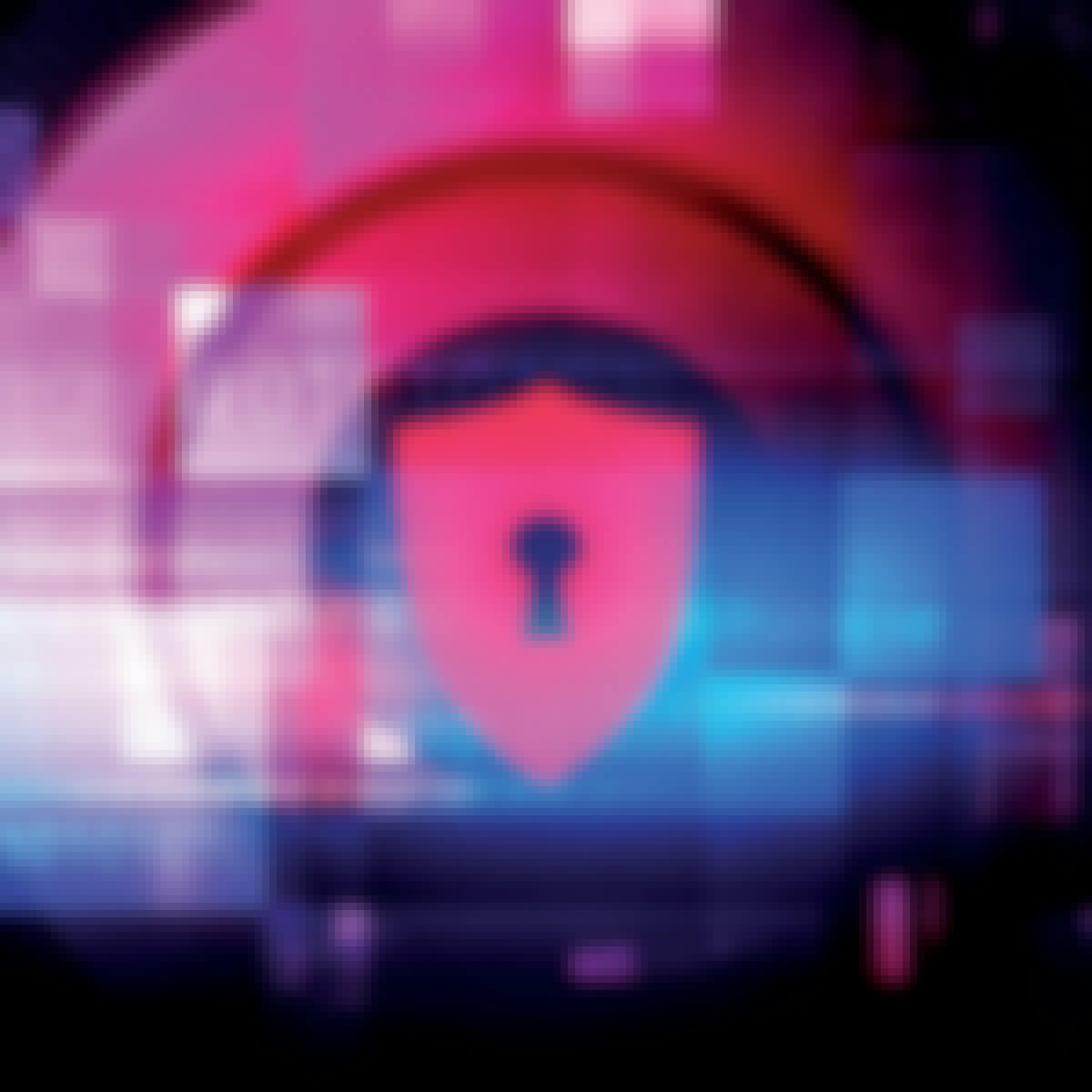 Status: Free TrialFree TrialU
Status: Free TrialFree TrialUUniversity of California, Davis
Skills you'll gain: Secure Coding, Application Security, Software Design, Programming Principles, Debugging, Vulnerability Assessments, C (Programming Language), Software Development Methodologies
4.4·Rating, 4.4 out of 5 stars376 reviewsIntermediate · Course · 1 - 4 Weeks
 Status: Free TrialFree Trial
Status: Free TrialFree TrialSkills you'll gain: Grafana, System Monitoring, Prometheus (Software), Application Performance Management, DevOps, Continuous Monitoring, Docker (Software), Cloud-Native Computing, Containerization, Kubernetes, Microservices, Debugging, Distributed Computing, Data Management
4.5·Rating, 4.5 out of 5 stars95 reviewsIntermediate · Course · 1 - 3 Months
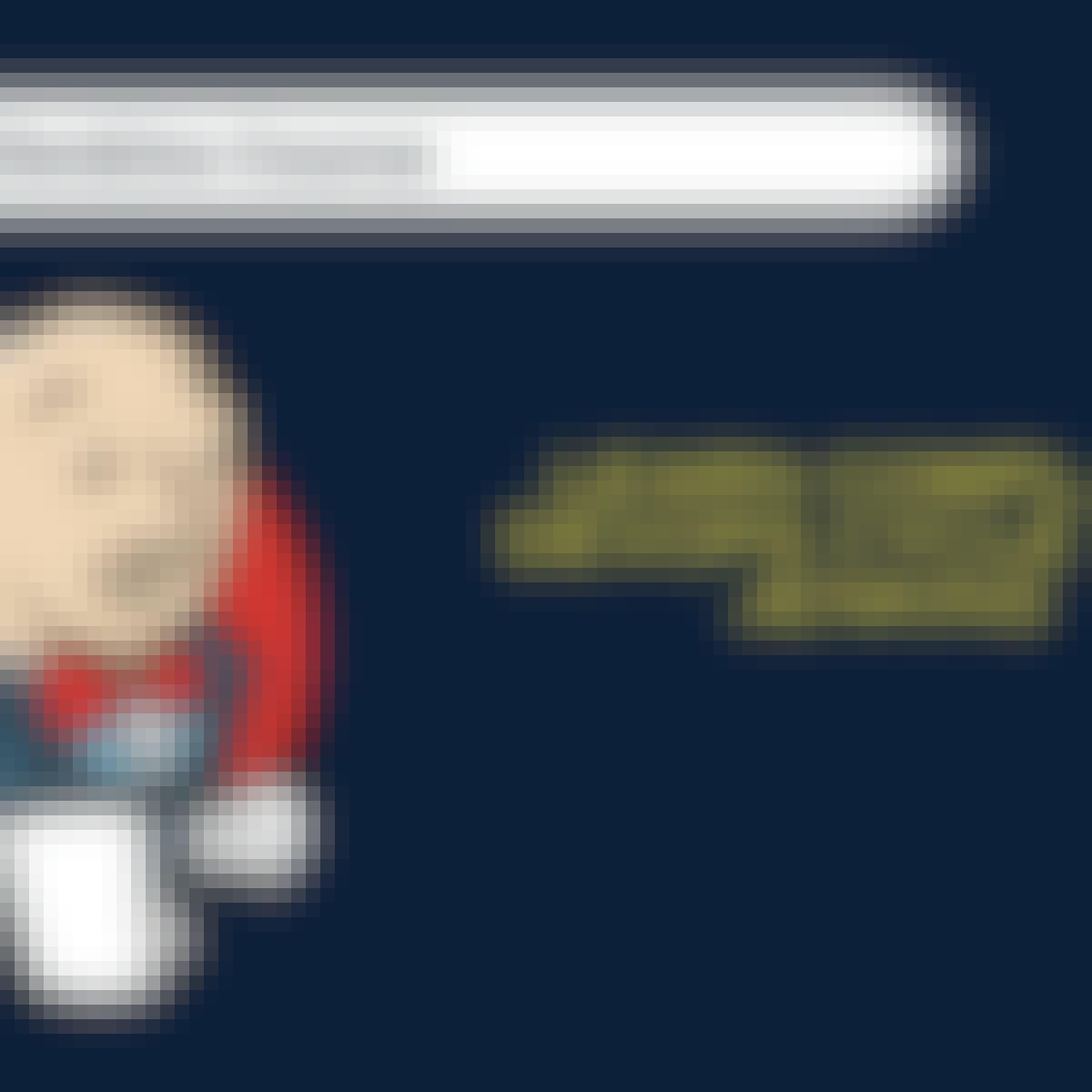 Status: Free TrialFree TrialL
Status: Free TrialFree TrialLLearnKartS
Skills you'll gain: Jenkins, CI/CD, Apache Tomcat, Continuous Integration, DevOps, Apache Maven, Docker (Software), Continuous Delivery, Configuration Management, Software Development, Application Lifecycle Management, Shell Script, Continuous Deployment, Software Configuration Management, Application Deployment, Devops Tools, Continuous Monitoring, Application Servers, Software Quality Assurance, Software Installation
3.7·Rating, 3.7 out of 5 stars48 reviewsBeginner · Specialization · 1 - 3 Months
 Status: Free TrialFree TrialC
Status: Free TrialFree TrialCCoursera
Skills you'll gain: Excel Macros, Microsoft Excel, Data Analysis Expressions (DAX), Excel Formulas, Visual Basic (Programming Language), Productivity Software, Data Transformation, Debugging, Spreadsheet Software, Data Cleansing, Automation, Strategic Decision-Making, Programming Principles
4.5·Rating, 4.5 out of 5 stars231 reviewsBeginner · Course · 1 - 4 Weeks
In summary, here are 10 of our most popular remote sensing courses
- Flutter and Dart: Developing iOS, Android, and Mobile Apps: IBM
- Advanced R Programming: Johns Hopkins University
- Preparing for the SAS Programming Certification Exam : SAS
- Introduction to Operating Systems: Codio
- Advanced Embedded Linux Development: University of Colorado Boulder
- Problem Solving, Python Programming, and Video Games: University of Alberta
- Python Essentials for MLOps: Duke University
- C Programming: Getting Started - 1: Dartmouth College
- Principles of Secure Coding: University of California, Davis
- Monitoring and Observability for Development and DevOps: IBM
